Chances are, if you think of a brand you like, you recall not only its name, the logo, and the color palette, but something more powerful than that—the feeling it evokes.
A brand is like a person. If these basic elements are your company’s name, face, and personality, a catchy slogan is like its voice.
Or more precisely, the way it greets you the first time you meet.
And you know how important first impressions are.
Not all big brands have catchy slogans, though, while some of them create a new one for each major campaign.
So no, having a catchy tagline or slogan is not the cornerstone of success, and by no means, you don’t need to hit the nail right on the head the first time.
But having a catchy slogan up your sleeve is undoubtedly a great way to cut corners when approaching your audience, and a useful tool in your arsenal when it’s time to get creative.
And most importantly, you and your team get to have lots of fun coming up with something memorable.
Let’s get our definitions straight before we get down to the nitty-gritty of writing short, catchy phrases to attract customers.
What Is a Slogan?
A slogan is a catchphrase or short combination of words that identifies a product/company or encompasses the appeal of an offering.
Slogan vs. tagline
In marketing, we use numerous tools.
These often serve the same purpose, or at least the overlap is so significant that a bit of confusion regarding the terms is inevitable.
Although the words slogan and tagline tend to be used interchangeably, they’re not exactly the same.
While taglines are an almost permanent motto of a company or a super-condensed form of a mission statement, a slogan may also be a temporary catchphrase, aimed at the promotion of a specific campaign or product.
But that’s not to say companies don’t use their catchy taglines in when making online advertisements—hence the confusion.
To better understand the difference, it’s best to take a look at Apple.
Think different, arguably their most memorable motto over the years, is both a provocative call and a vague description of the values the tech giant has always stood for.
It’s suitable to describe the entire company as a standalone statement, but also to add it next to a specific product in a campaign.
This makes it a tagline.
On the other hand, 1,000 songs in your pocket, the catchphrase that introduced the very first iteration of the iPod, is a classic example of a slogan.
While just as impactful at its time, it had always required more context to make sense, and it was clearly only meant to be used for this specific product.
What Makes a Slogan Work?
Slogans are not merely catchy marketing phrases.
They’re meant to persuade and act as a shadow identity of a brand while promoting a specific product or service.
What’s more, a genuinely successful slogan is also a long-term commitment.
But let’s break it down into more concrete terms to see what are the traits that make them work:
1. They’re memorable
The whole point of a slogan is to make your brand easier to recognize.
The window of opportunity is narrow, so it has to be brief, impactful, and versatile enough to work in print ads, product packaging, video marketing, merch, or any other channels.
Some of the best slogans have also stood the test of time, having been launched decades ago.
Example:
“You’re not you when you’re hungry” – Snickers
2. They highlight a benefit
It’s all about propelling sales at the end of the day, so it doesn’t hurt if your slogan delivers a pitch at the same time.
It doesn’t have to describe the product—a slogan doesn’t have the bandwidth to go into much detail anyway.
Instead, think of emotions you can tap into, or a promise that you can deliver on, by using catchy sales phrases.
Example:
“The ultimate driving machine” – BMW
3. They set you apart
A good slogan can do its part in increasing your market share, but the tighter the competition, the more creative you’ll need to be.
It’s convenient to use superlatives, but it’s a double-edged sword.
Sacrificing your credibility for a catchy saying is never worth it. Also, be careful how close you hit to your competitors because the risk of a lawsuit may outweigh the potential gain.
Example:
“The make-up of make-up artists” – Max Factor
4. They’re positive
No secret here—you catch more flies with honey than vinegar.
The best taglines and slogans use words that are positive, upbeat, and empowering.
Keep in mind that you’re writing a mini statement that catches the heart, and you don’t want it to backfire in any way.
Example:
“Finger lickin’ good” – KFC
How to Write a Catchy Slogan
This is the tricky part, but one way to get the creative juices flowing is to narrow it down to the type of slogan you want to go for.
There are four main categories depending on your goals and the tone of voice you want to use: imperative, descriptive, superlative, and provocative slogans.
Let’s dive deeper into these and see some examples while we’re at it:
1. Call them to act–imperative slogans
Imperative slogans sound like a call to action, but with more of a punch and perhaps less specific than what you’d use in day-to-day communication.
More often than not, they begin with a verb. Here’s an example of a catchy food slogan.
- Taste the rainbow. Skittles
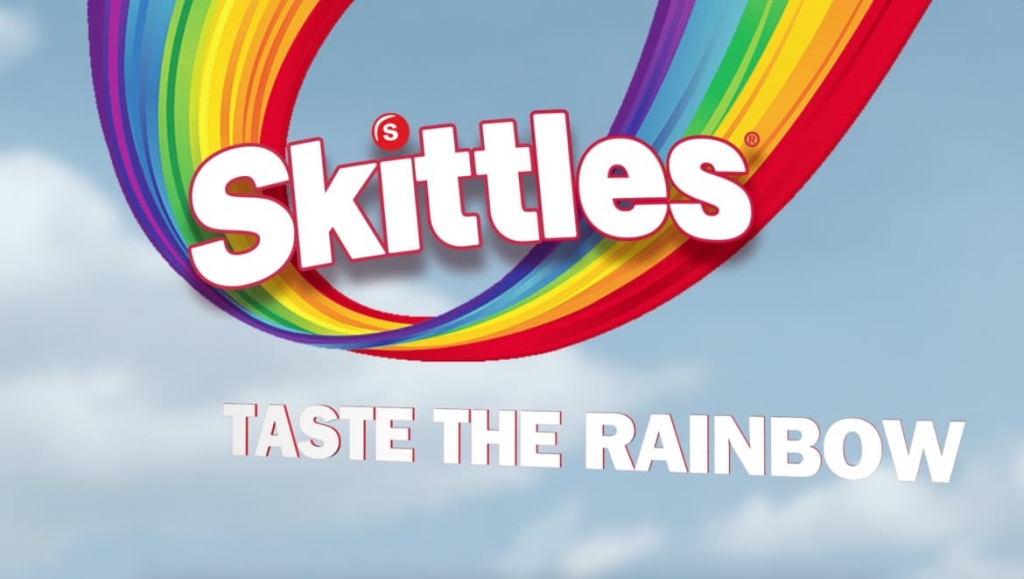
Any strong brand has a powerful synergy across different elements such as color combinations, logo, the visuals, and of course, tone of voice and slogans.
In Skittles’ case, the bond is so strong that the funky synesthetic slogan has become almost inseparable from the rest over the decades.
Yes, decades.
Taste the rainbow came about in 1994, and it’s one of the oldest slogans still in use today.
But more importantly, there’s a lesson to be learned here: coming up with a catchy slogan may be as simple as looking at your product.
- Make. Believe. Sony
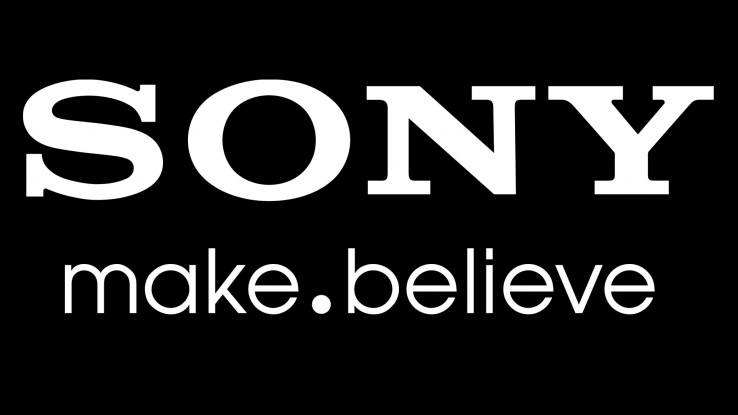
As there are few brands with such a heritage as Sony, it’s only normal that their tagline is also one that’s hard to compare to any other.
Its simplicity gives it the raw power, but it’s the brand’s authority that allowed Sony to get away with this dangerous play on words.
Albeit risky, replacing so little as a punctuation mark to change the meaning of a well-known expression proved to be a successful move, as it had been used for more than five years.
2. Let your product speak–descriptive slogans
Descriptive slogans are concise statements that reflect a promise or a key benefit.
Quite handy, especially if your product is new on the market, but they’re much more versatile than that.
- Connecting people. Nokia
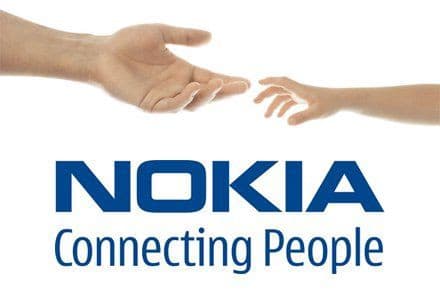
Indeed, a good slogan is one you don’t have to explain.
Connecting people is one of the world’s most known taglines, and it’s also been with us since the 1990s.
Although Nokia itself doesn’t use it as heavily anymore, you’d struggle to find too many references of the company where this catchy business slogan is not reiterated in some shape or form.
I’m entering into speculations here, but it might even outlive the mighty 3310.
- Feel better. Tylenol
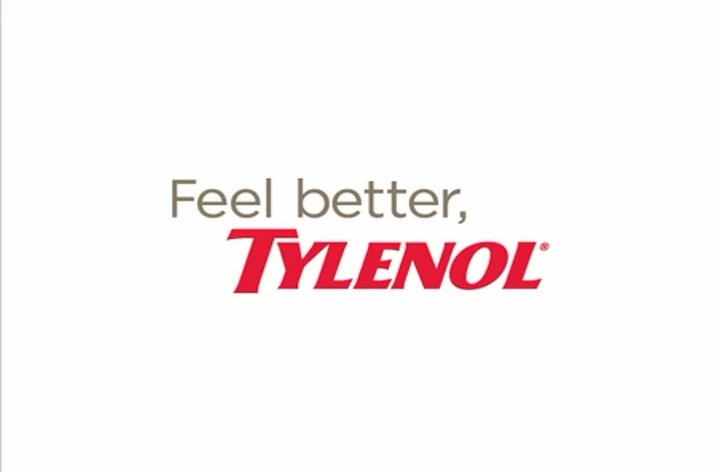
The smart thing about Tylenol’s choice is that their catchphrase is an empathetic gesture and a promise at the same time.
Adopting a common phrase gives it a whole new dimension.
It’s subtle yet powerful—they not only wish you well but also offer the means to get better, this way even sneaking that all-important element of trust into such few words.
3. Harness people’s desires–superlative slogans
Superlative slogans simply position the product as the ultimate choice.
No place for modesty here, you’re the best of the best, and you want to make it clear for all.
- Milk’s favorite cookie. Oreo
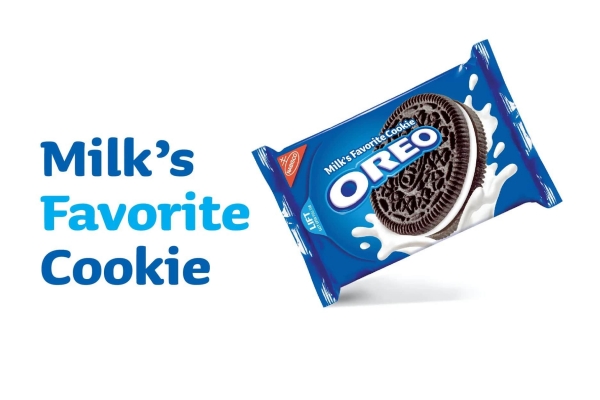
There are matches made in heaven, and it would be a shame not to call attention to them.
Not just to the match, but to that heavenly touch in particular. That it’s unbeatable, and that it’s your product’s merit that the two go so well together.
Thinking of your product, in combination with another, may give rise to a successful partnership too, and loads of opportunities to strengthen your brand while reaching a wider audience.
- The happiest place on Earth. Disneyland
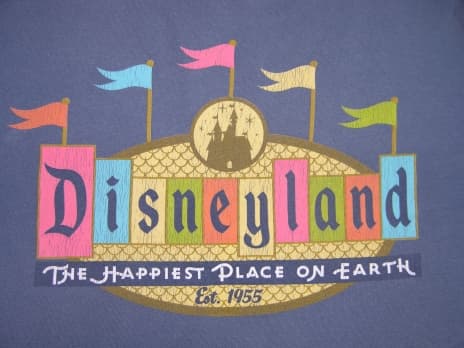
One could argue that the Earth is quite big, and there might be one or two happier places than Disneyland.
As I mentioned above, superlatives can always backfire, but positioning your offer as the best in some aspects might be worth the risk.
Hint: endorsing a subjective quality is always hard to argue with.
4. Create a sense of mystery–provocative slogans
Provocative slogans are thought-provoking phrases, sometimes set in the form of questions.
These are most often used for products that are already well-known for the public, but they work well every time you want to make your customers curious and challenge them to think.
The ultimate goal is to get in their minds and stay there, isn’t it?
- Probably. Carlsberg
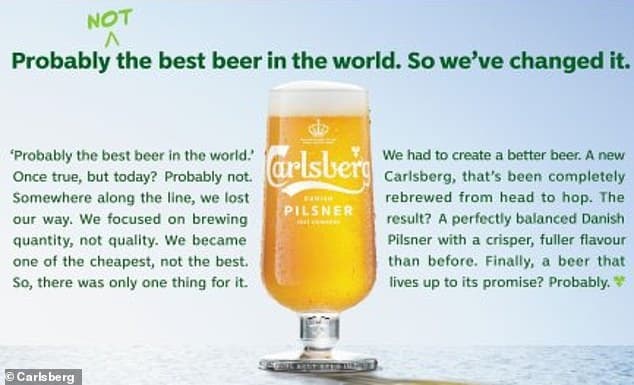
Something missing?
Carlsberg had used its Probably the best beer in the world slogan for no less than 46 years, so you’d be excused to think they’re still bragging undisturbed.
However, they took a 180 turn some time ago and very openly admitted that they’d been pushing it a little bit.
When I say 180—it depends on how you look at it.
Although the slogan was (probably) never meant to be taken as gospel, they responded to the criticism in a smart way.
To create some buzz around their updated recipe, they poked fun at the blatant superlative and embraced the mysterious element of their brand.
What an ingenious way to shush the naysayers while continuing to build on a powerful and versatile slogan.
- See what’s next. Netflix
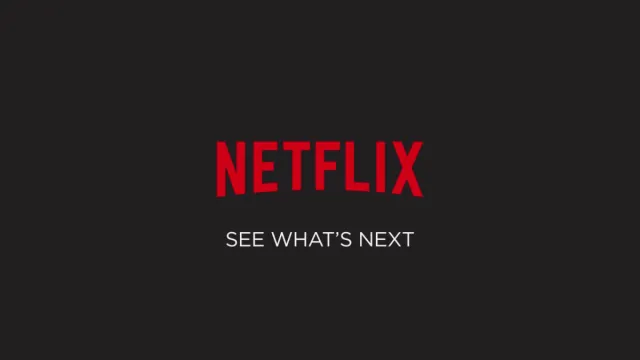
Netflix exists to satisfy people’s desire for entertainment and human curiosity in general, so it’s no wonder they reached for the mystery potion when brewing up their slogan.
This catchy tagline has several clever layers to it too.
On the one hand, Netflix’s business model is viewed as the next generation of home entertainment after cable TV.
Secondly, they’re a big player in the media production sphere, continually pushing out new content.
As a bonus, binge-watching has become almost synonymous with the brand over the years, as many of their shows are available all at once, so you can always see what’s next.
5. Say something reassuring—encouraging slogans
This one is not part of the quartet you often hear about, but it’s a great example that goes to show the importance of thinking outside the box.
Slogans are too flexible and versatile to fit into just four categories–they can reach your audience without having either of the qualities mentioned above.
- Life’s good. LG
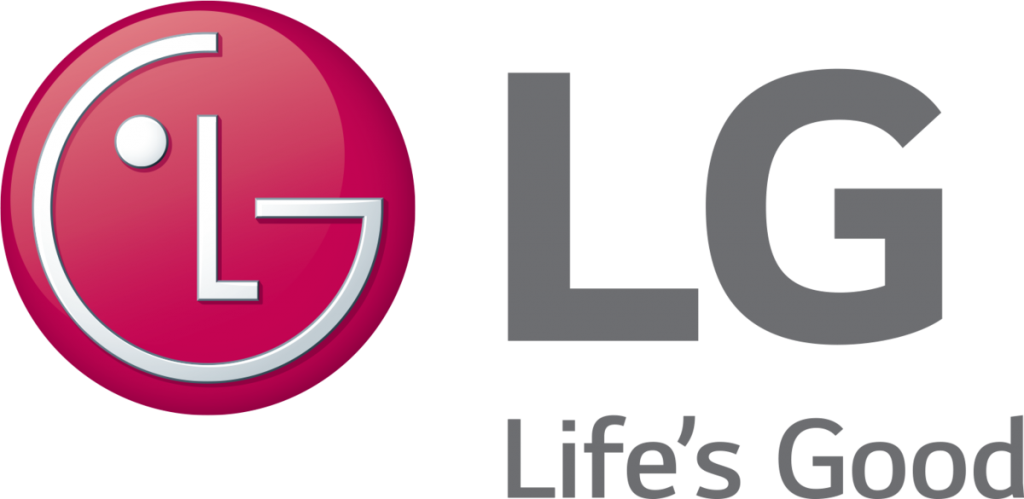
Here’s a little nugget of little-known information: LG doesn’t stand for Life’s Good.
Like most of us, you may have never stopped to wonder if it meant anything else, but the initials stand for Lucky-Goldstar, the brand has seen the sunlight after the merger of Rak-Hui (Lucky) Chemical Industrial Corp. with GoldStar Co. Ltd.
Although LG is based in South Korea, the Life’s Good slogan was born in Australia to conquer the local market.
It was such a success that the corporation has since adopted it as its permanent tagline.
- Every little helps. Tesco
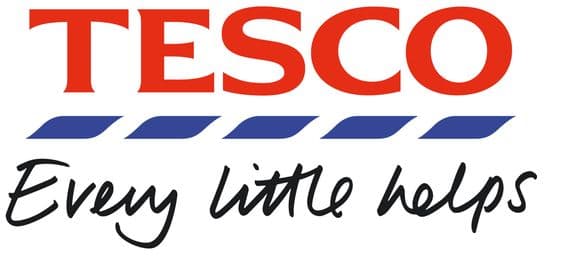
It’s hard to put your finger on the reason why Tesco’s Every little helps slogan is so successful.
Not because it’s not brilliant, on the contrary—because it’s so complex.
The brand’s long heritage certainly helps today, but even from day one, the familiarity of the phrase guaranteed that it would resonate with consumers.
It’s conversational, it’s down-to-earth, and it carries the authority of a common proverb.
But perhaps most importantly, it’s about the tiny things that add up to a big difference, which makes it a powerful mission statement in three words.
Conclusion
Coming up with a catchy business slogan is no easy task, and the perfect one probably won’t come to you when you’d expect it.
Throw some ideas around, have brainstorming sessions with your team, and don’t be afraid to turn to the big global brands for ideas.
I hope the tips in this article will help you narrow down the circle and sketch up a more specific profile of what your slogan should sound like.
Do you have a favorite slogan or tagline? Let us know why you like it in the comments section below.

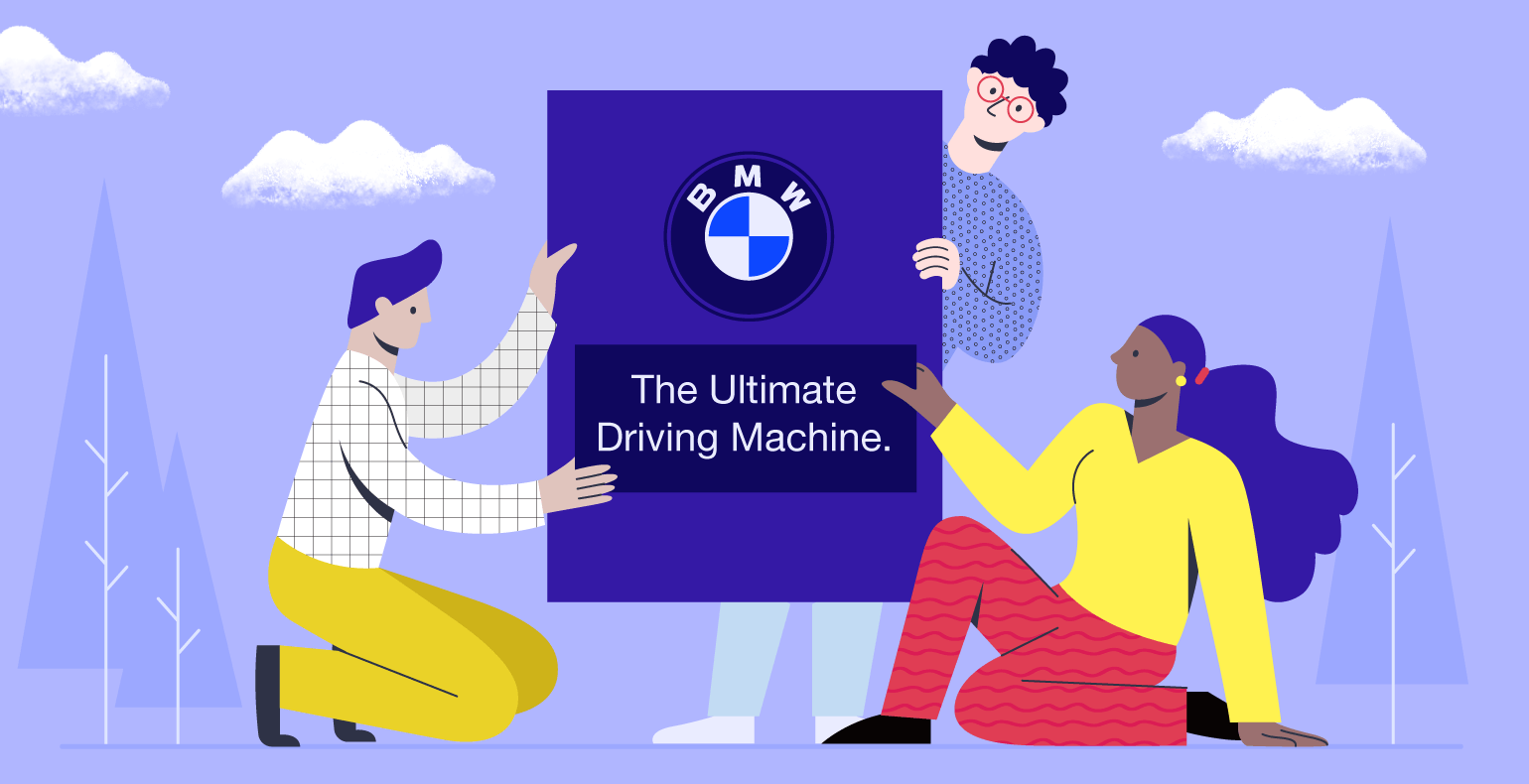

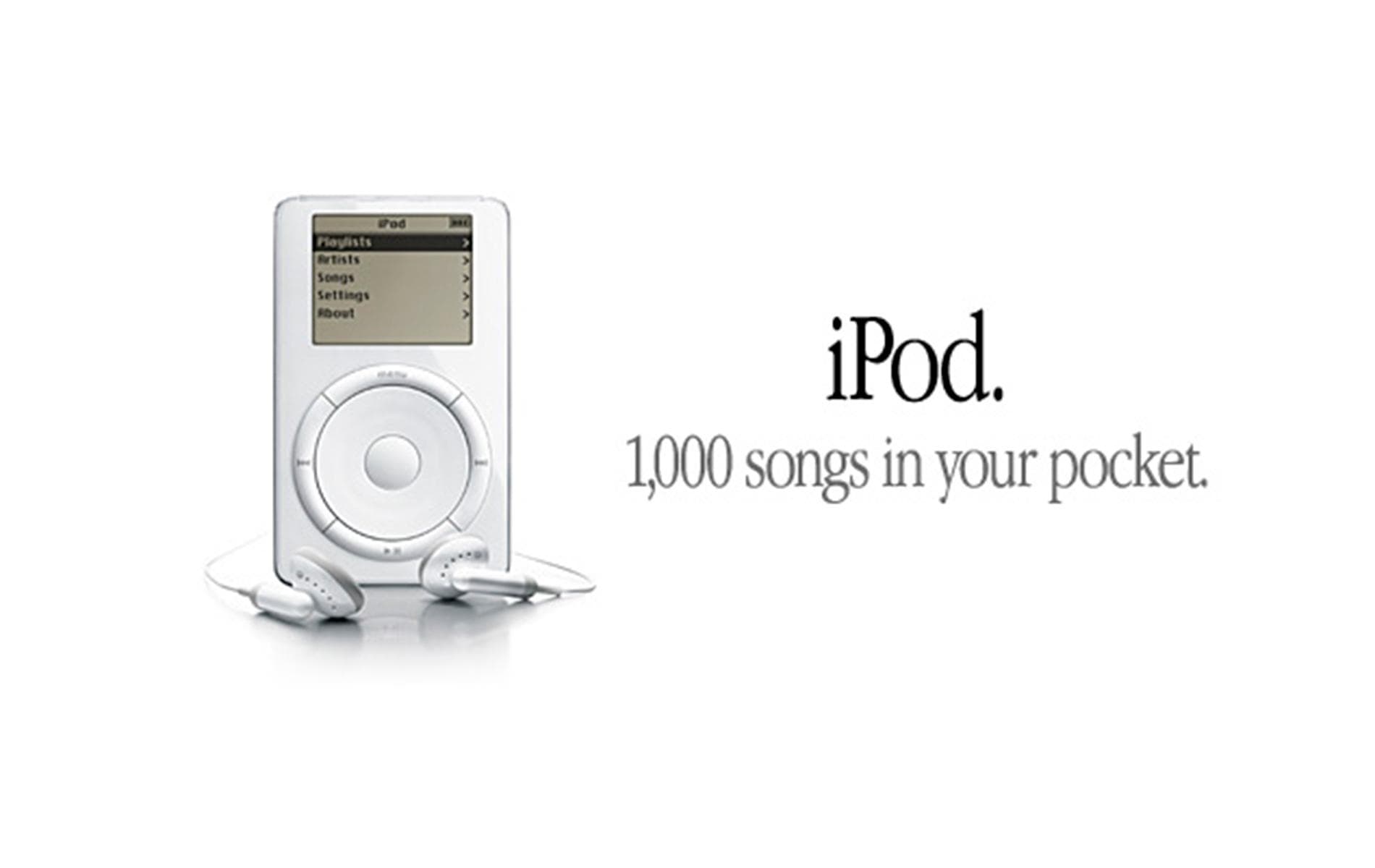
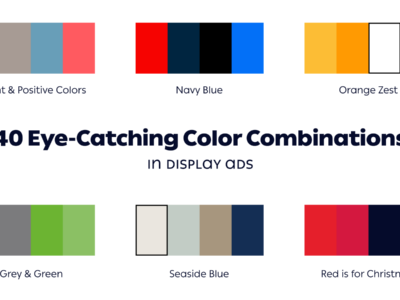

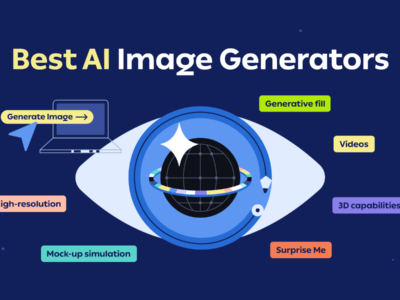

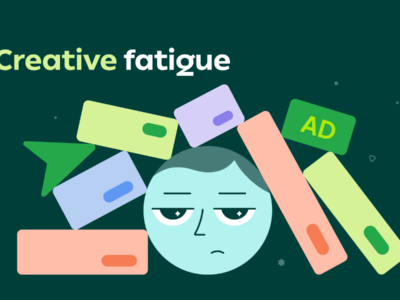


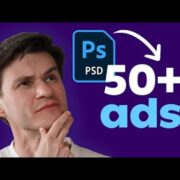

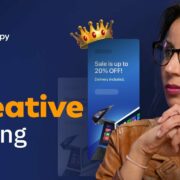

Well done